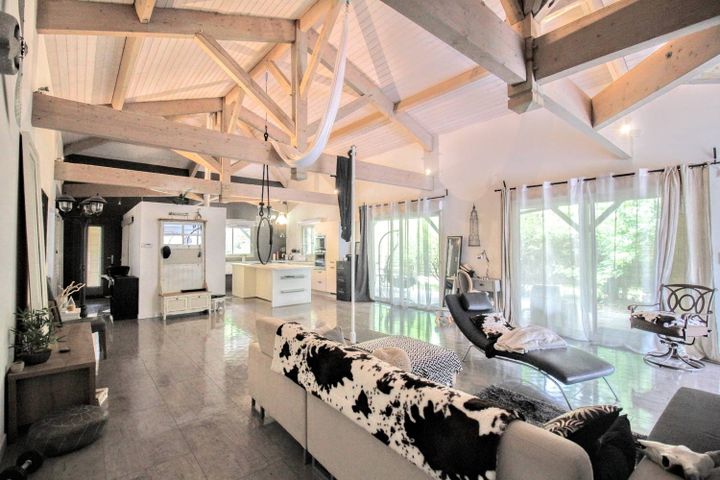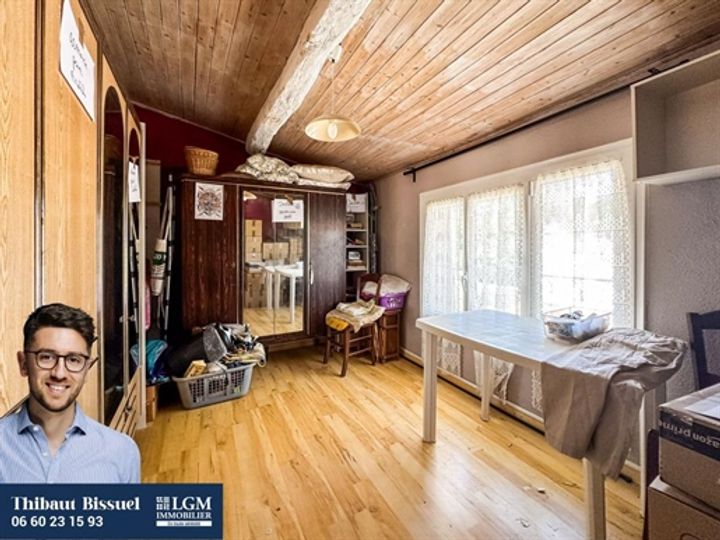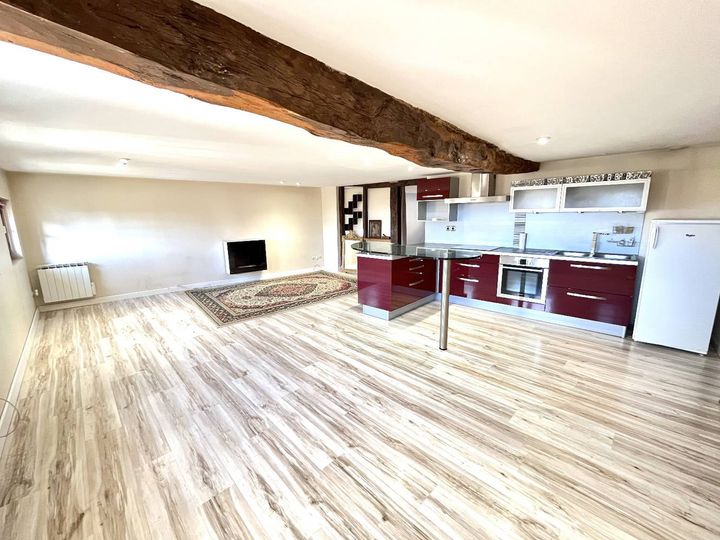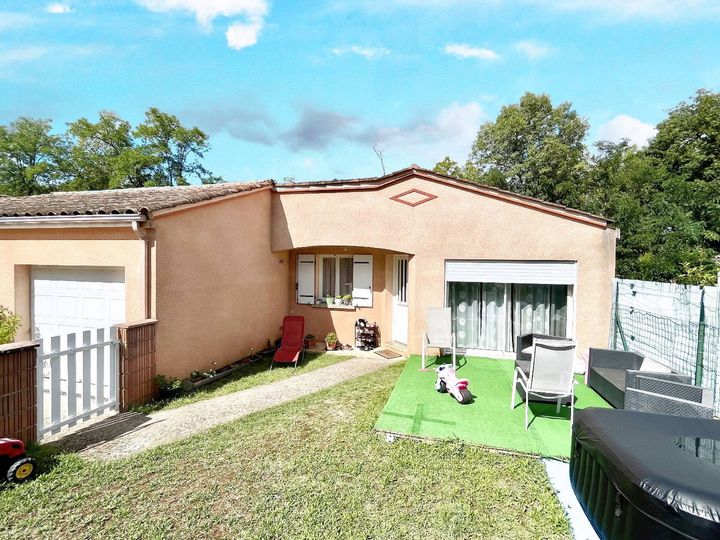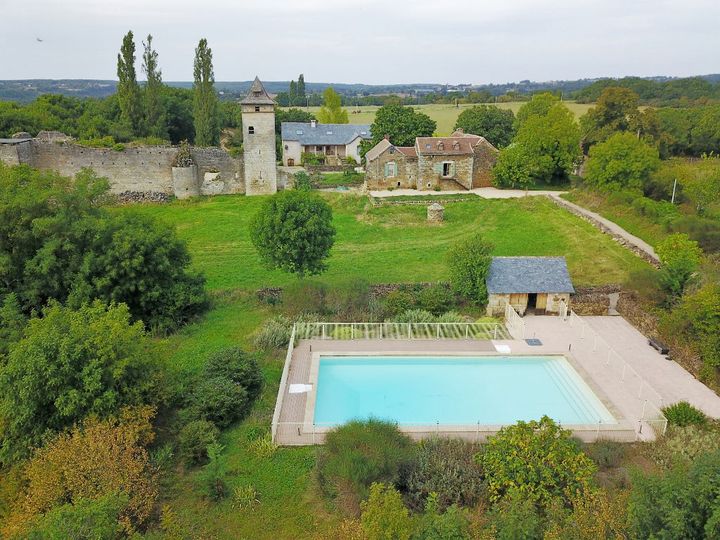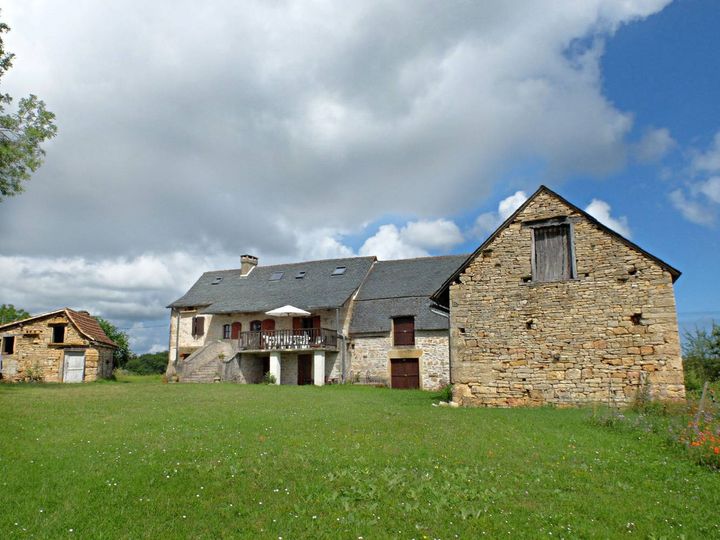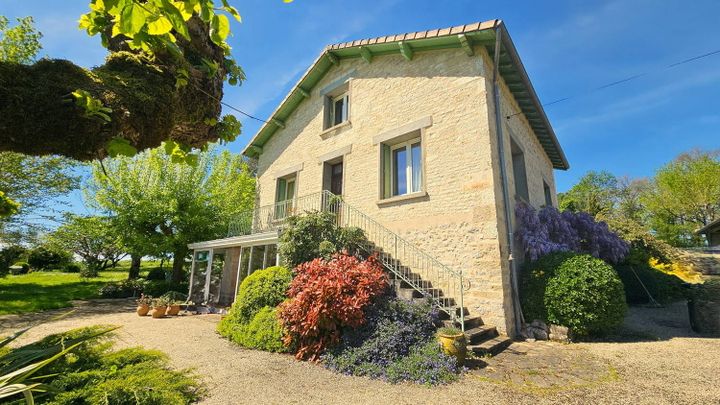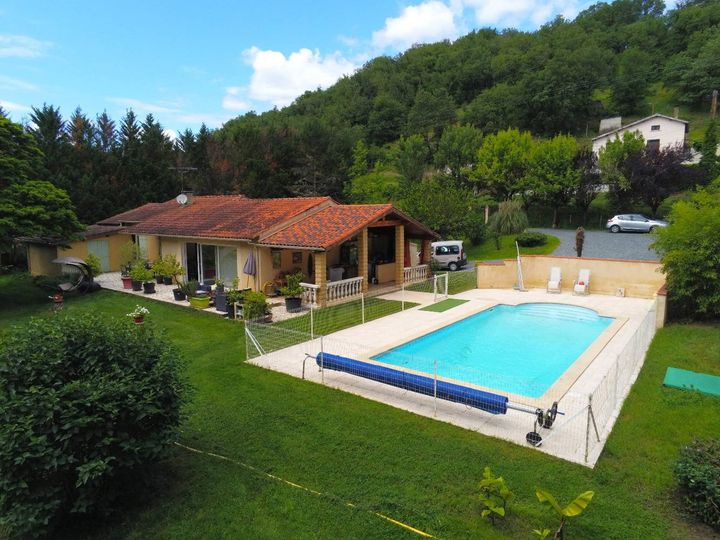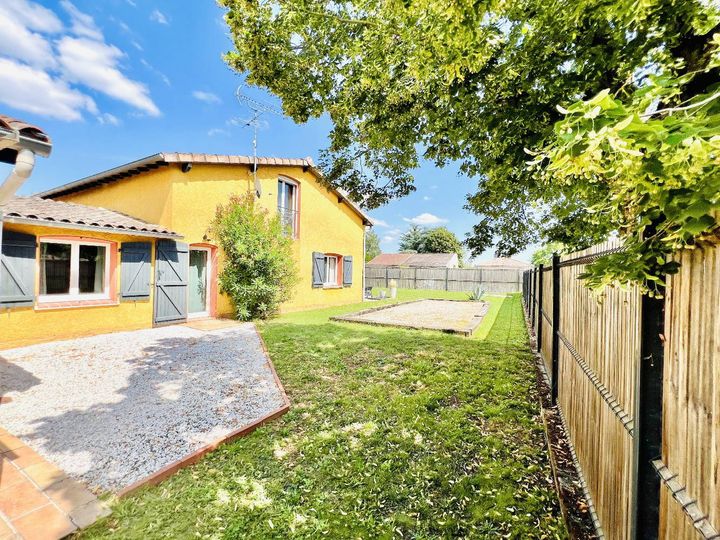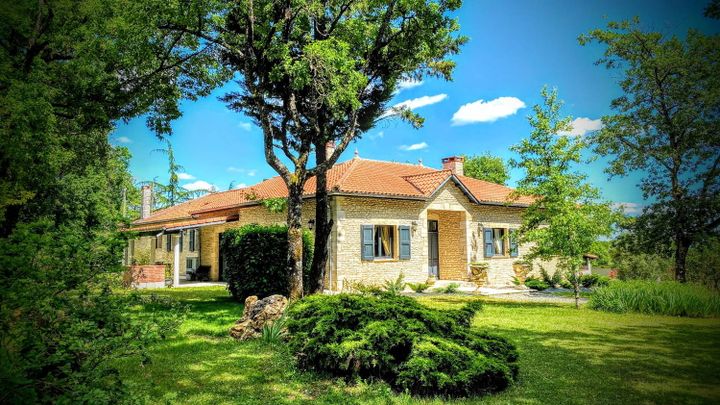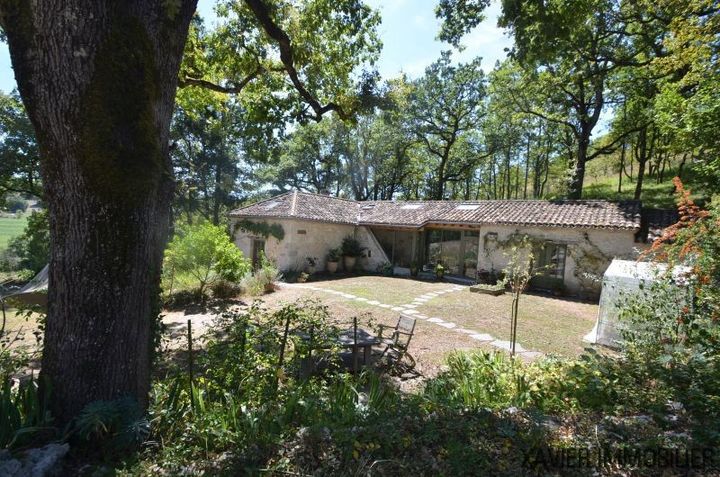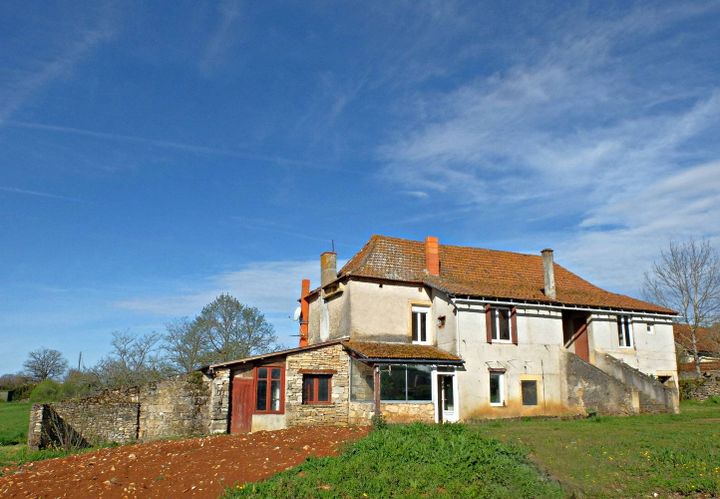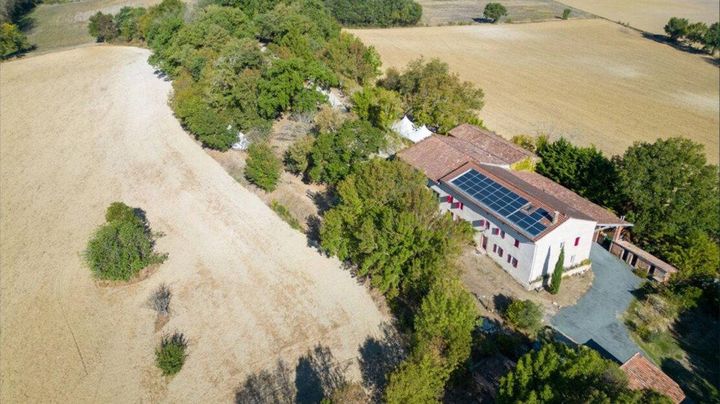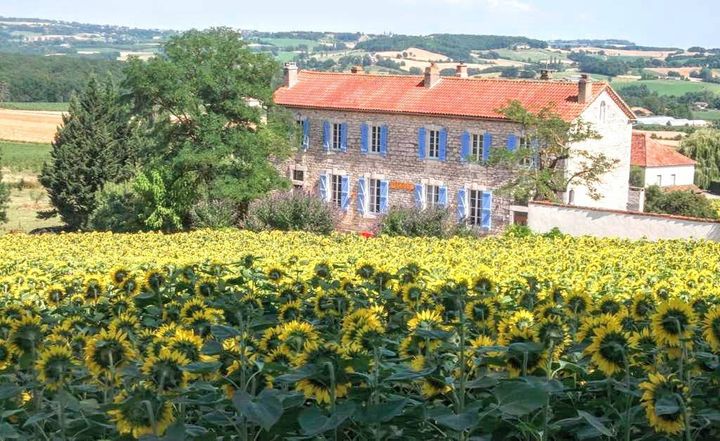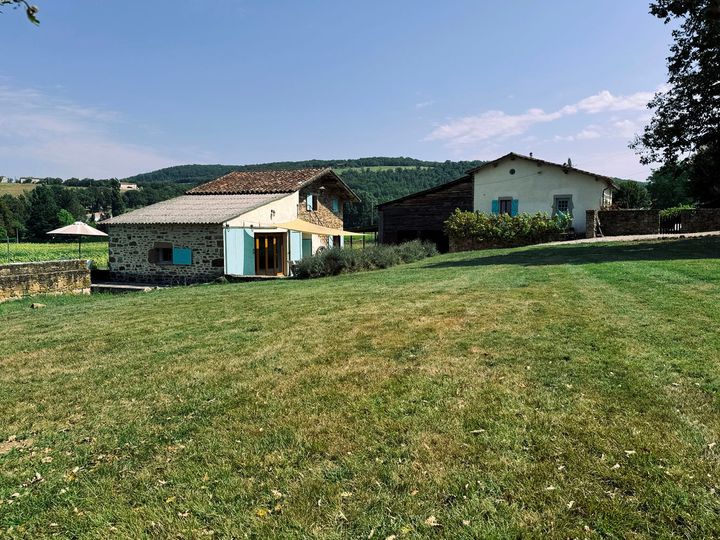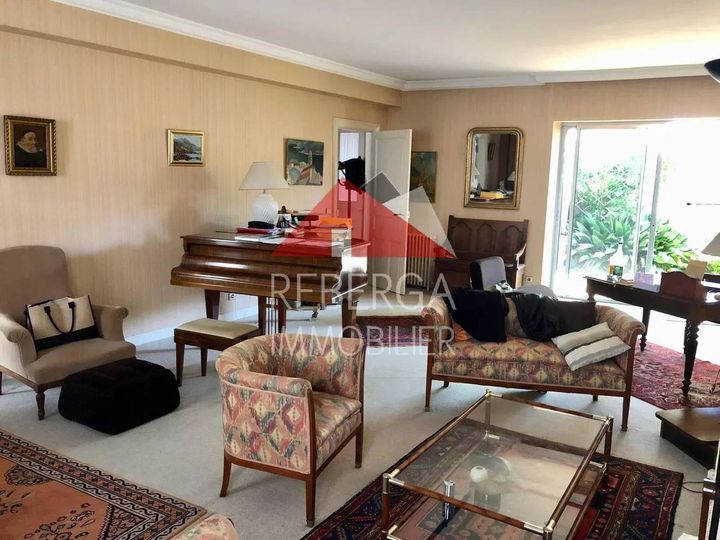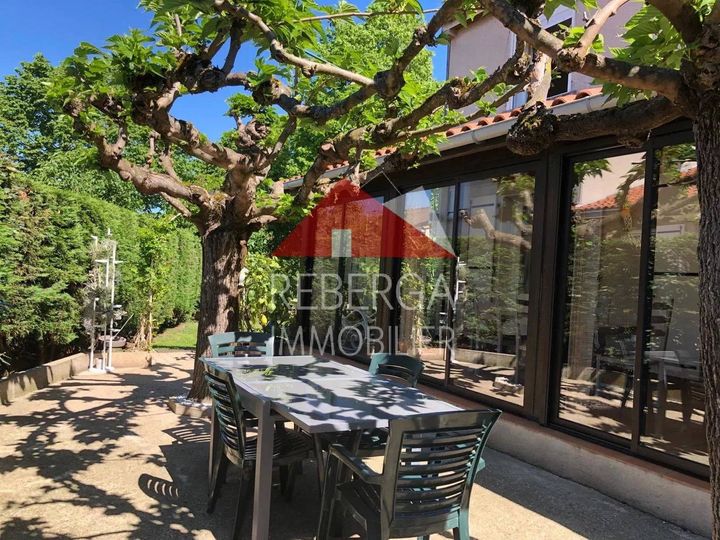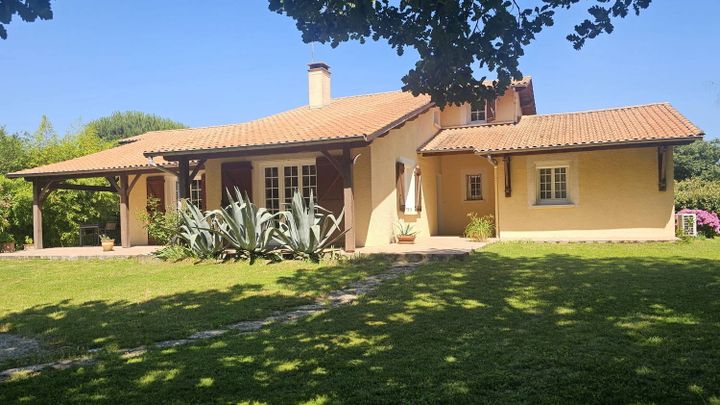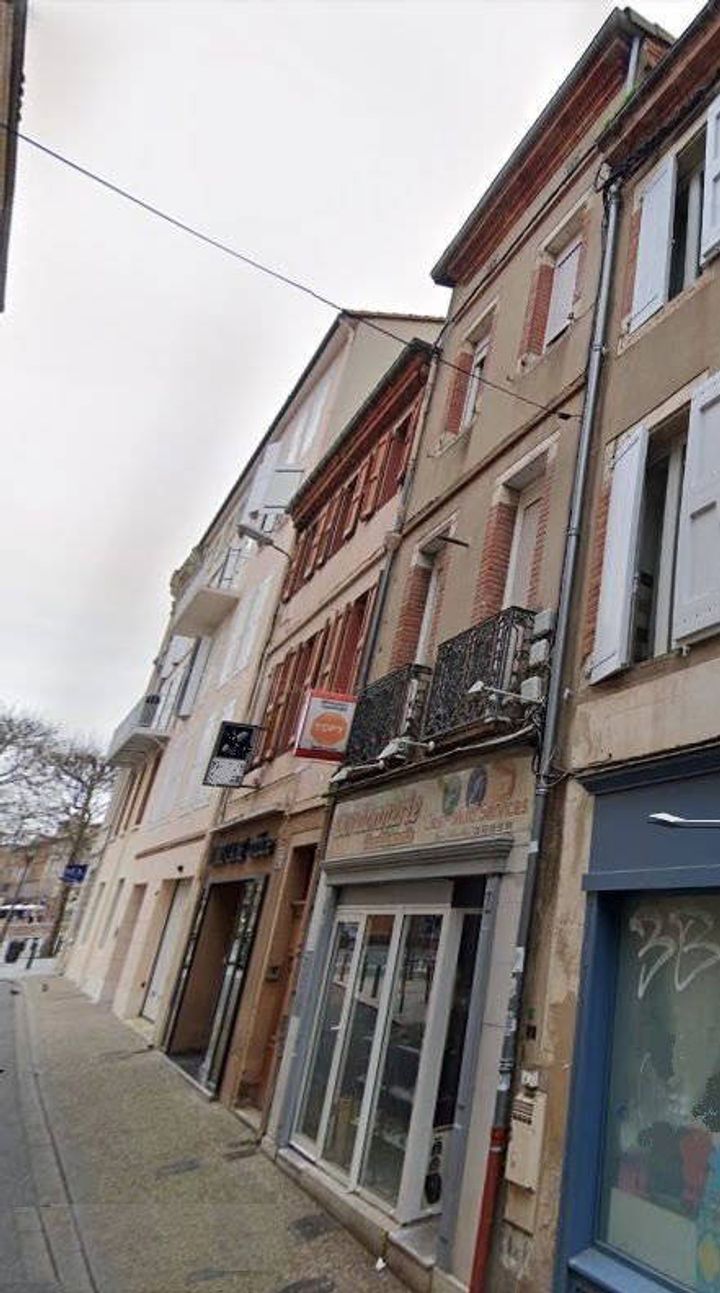Real estate prices in Tarn are influenced by a combination of geographical, economic, and social factors. The region's picturesque landscapes, including the Monts de Lacaune and the Gaillac vineyards, attract buyers looking for scenic views and outdoor activities, thereby driving demand. Proximity to major cities like Albi and Castres also plays a significant role; properties closer to urban centers tend to be more expensive due to better access to amenities, jobs, and services. Economic conditions in the area, such as local employment rates and the status of the agricultural sector, which remains vital in Tarn, can directly impact buyer confidence and purchasing power. Additionally, historical and cultural heritage, exemplified by sites like the Episcopal City of Albi, enhances property values as they attract tourists and new residents. Seasonal fluctuations are noticeable as well, with prices sometimes rising during spring and summer months when people are most inclined to buy second homes or vacation properties.
Tarn
Location
Price Range
Any price
Price Range
Minimum
No min
Maximum
No max
Property type
Show all
Property type
Show all
House
Apartment
Building
Other
Bedrooms
Any beds
Bedrooms
Minimum
No min
Maximum
No max
Surface Range
Any surface
Surface Range
Minimum
No min
Maximum
No max
Sale type
For sale
Sale type
Show all
To rent
For sale
Location
Apartments and houses for sale in Tarn
200 results
Recent
Tarn insights
| Aspect | Summary |
|---|---|
| Population | 1,000,000 (approx.) |
| Average Property Price | €200,000 |
| Rental Yield | 5% |
| Average Rent | €1,000/month |
| Occupancy Rate | 90% |
| Capital Growth Rate | 3% per annum |
| Property Tax | €1,200/year |
| Transaction Costs | 7% of property price |
| Expected ROI | 8% |
| Economic Growth Impact | Moderate; influenced by tourism and local industries |
Tarn FAQ
What factors affect real estate prices in Tarn?
How have real estate prices in Tarn changed over the last few years?
In recent years, real estate prices in Tarn, France, have experienced a notable increase, driven by various factors including the region's attractive lifestyle and remote work opportunities. For instance, properties in Albi, a historic town and UNESCO World Heritage site, have seen their values rise by approximately 10% annually as more buyers seek charming homes with easy access to nature. Similarly, rural areas around Castres have attracted interest due to their affordability compared to urban centers, with average prices for older homes increasing from €150,000 to €175,000 within a couple of years. The demand for larger homes with gardens has surged, leading to competitive bidding in popular villages like Cordes-sur-Ciel, where listings can now sell for up to 20% above asking price. Additionally, the trend of relocating from larger cities like Toulouse to the quieter Tarn region has put upward pressure on prices, as families prioritize space and lifestyle over proximity to urban amenities.
What is the average price per square meter for homes in Tarn?
The average price per square meter for homes in Tarn varies significantly depending on the location and type of property. In towns like Albi, the average price hovers around €2,200 per square meter, reflecting the area's historical charm and cultural amenities. In smaller towns, such as Castres or Gaillac, prices can be slightly lower, averaging between €1,500 and €1,800 per square meter. Rural properties, particularly those located in more remote villages, can drop to around €1,200 per square meter, appealing to buyers looking for more space and tranquility. Prices may also fluctuate based on property condition; well-restored homes can command a premium compared to fixer-uppers. Additionally, factors such as proximity to schools, public transport, and scenic views can influence the market dynamics in the region.
Are property prices in Tarn higher in certain neighborhoods?
In Tarn, property prices can vary significantly between neighborhoods, largely due to factors such as local amenities, historical charm, and proximity to attractions. Towns like Albi, famous for its UNESCO-listed Cathedral of Sainte-Cécile and vibrant cultural scene, often see higher property prices compared to rural areas. The average price per square meter in Albi fluctuates around €2,200, while smaller villages like Cordes-sur-Ciel might average closer to €1,500 due to their picturesque settings but less access to urban conveniences. Additionally, areas near the Tarn River or with better transport links to larger cities, like Toulouse, tend to command higher prices. Villages like Lisle-sur-Tarn, with a blend of scenic beauty and essential services, also reflect increased demand in residential property pricing.
How do local amenities influence real estate prices in Tarn?
Local amenities play a significant role in influencing real estate prices in Tarn, France. Areas with access to essential services such as schools, healthcare facilities, and grocery stores tend to see higher property values due to their convenience and desirability for families. For instance, towns like Albi, known for its rich cultural heritage and well-regarded educational institutions, attract buyers willing to pay a premium. Similarly, proximity to recreational facilities, such as parks or sports complexes, can elevate prices, as lifestyle factors become increasingly important for many buyers. Public transport accessibility also affects real estate trends; regions well-served by train stations or bus routes can command higher prices due to ease of commuting, such as those around Castres. Furthermore, an abundance of dining, shopping, and cultural venues can drive up demand, pushing prices higher in vibrant areas like Gaillac, famous for its local wine and gastronomic offerings.
What is the trend for rental prices in Tarn?
Rental prices in Tarn have shown a varied trend in recent years, with some areas experiencing a steady increase while others remain more stable. In larger towns like Albi and Castres, prices have seen a noticeable uptick, driven by an influx of new residents seeking a quieter lifestyle compared to urban centers. For example, the average monthly rent for a two-bedroom apartment in Albi has risen to around €650, reflecting a 10% increase over the past two years. In contrast, smaller villages and rural areas have maintained more affordable rents, often under €500 for similar properties, as demand has not surged to the same extent. Additionally, the appeal of Tarn's natural landscapes and historical sites continues to attract prospective renters, further influencing local markets. The growth in teleworking has also contributed to shifting demands in rental preferences, with some individuals seeking properties with home office spaces, thereby impacting rental prices in specific neighborhoods.
How does the economy impact real estate prices in Tarn?
The economy of Tarn significantly influences real estate prices through various channels, including employment rates, income levels, and local investment. For instance, the region has seen a gradual increase in tourism, particularly in towns like Albi and Castres, where historical heritage sites attract visitors. This uptick in tourism can lead to higher demand for rental properties, subsequently pushing up prices. Additionally, the agricultural sector remains a pivotal part of Tarn's economy, with vineyards and farms that contribute to local income. When agricultural yields are strong, disposable income rises, often allowing residents to invest in homes or renovations, which can elevate property values. Moreover, economic initiatives by the local government, aiming to enhance infrastructure and promote business, also play a crucial role. For example, the improvement of transport links has made Tarn more accessible to larger cities such as Toulouse, leading to an influx of buyers from urban areas seeking more affordable housing options. As these economic factors interact, they collectively shape the real estate landscape in Tarn, resulting in fluctuating property prices depending on broader economic conditions.


